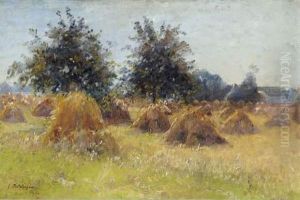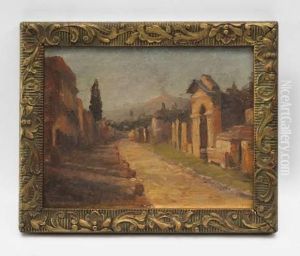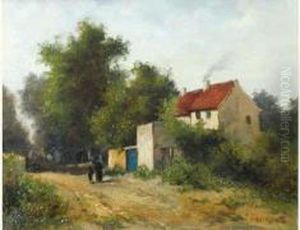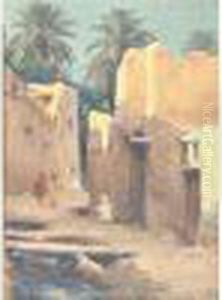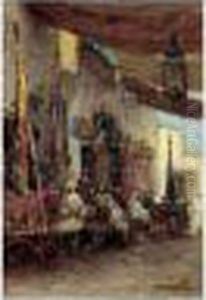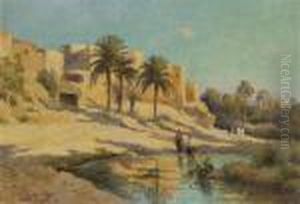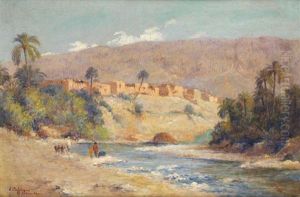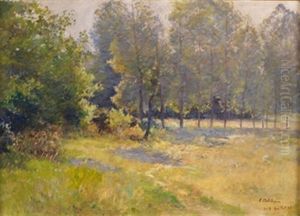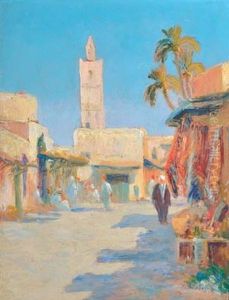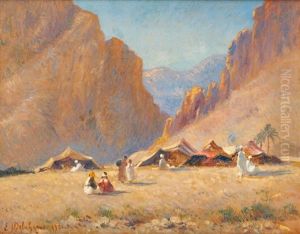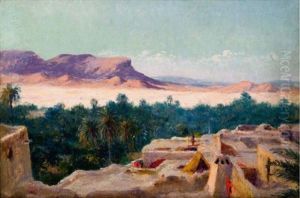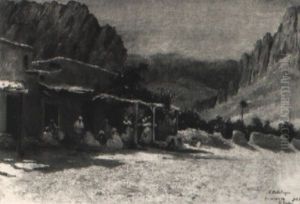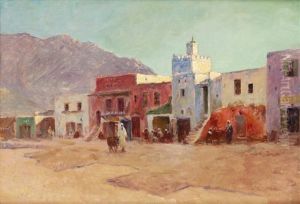Eugene Jules Delahogue Paintings
Eugène Jules Delahogue was a French Orientalist painter born on November 9, 1867, in Paris. Delahogue is best known for his depictions of North African scenes, particularly from Algeria, where he found a wealth of inspiration for his work. He was part of the Orientalist movement in European art, which peaked in the late 19th and early 20th centuries. This movement saw many Western artists captivated by the culture, architecture, and landscapes of North Africa and the Middle East.
Delahogue studied at the École des Beaux-Arts in Paris, where he was a pupil of renowned artists such as Jean-Léon Gérôme and Gustave Boulanger, both prominent figures in the Orientalist movement. His training under these masters greatly influenced his style and subject matter. He honed a meticulous approach to detail and composition, which became hallmarks of his paintings.
Throughout his career, Delahogue exhibited his works at the Paris Salon, a prestigious annual and biennial event that was the official art exhibition of the Académie des Beaux-Arts in Paris. His paintings were well received, earning him a reputation as a skilled painter of Orientalist subjects. Delahogue's work is characterized by its vibrant color palette, intricate detail, and the ability to convey the atmosphere of the scenes he depicted.
Delahogue's travels to North Africa provided him with a vast array of subjects, from bustling marketplaces and serene landscapes to portraits of local inhabitants. His paintings not only captured the visual essence of these places but also reflected the European fascination with 'exotic' cultures during this period. Delahogue's art contributed to the romanticized Western perspective of the East, which was common among Orientalist artists.
After a career marked by a deep engagement with Orientalism, Eugène Jules Delahogue died on May 21, 1935. While not as widely known as some of his contemporaries, his work remains a notable example of the Orientalist genre in French painting. Today, Delahogue's paintings can be found in private collections and museums, where they continue to be appreciated for their beauty and historical value.


